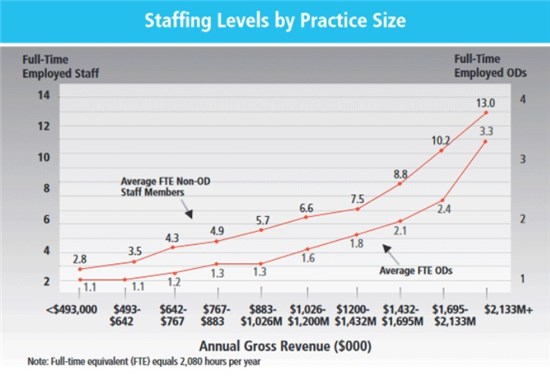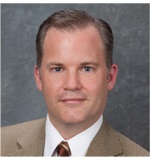
2018 is proving to be a challenging year for hiring managers. Relatively low unemployment rates, a shortage of skilled workers, and a highly competitive marketplace are adding increasing pressure to practices already struggling to attract and retain top talent.
According to a recent survey, some 45% of companies are unable to fill vacant positions. If your business is one of them, we’ve got good news.
A number of new HR tech tools have harnessed the power of artificial intelligence, machine learning and predictive analytics to help take the guesswork out of hiring.
These technologies may well be the key to successful recruiting for your practice, no matter how big or small it is.
What is predictive analytics?
Predictive analytics takes large amounts of data gathered through data mining, modelling, AI, machine learning and statistics.
The information is analyzed to make accurate predictions about future behaviour or events.
In HR, past trends, patterns and relationships can be identified and used to assess which factors and characteristics are most likely to contribute to a candidate’s success or failure in a specific role.
How can predictive analytics help you hire better?
There’s a reason major enterprises such as Google and Hewlett-Packard employ predictive analytics tools throughout the entire spectrum of the talent management process.
How you hire is just as important as who you hire. From acquisition, retention, and development of new staff, all the way through to exit surveys and the process of hiring replacements, using predictive analytics can improve hiring processes in a number of ways:
1. Streamline success
Predictive analytics HR tools help cut through the clutter, identifying the factors critical to success and predicting which job seekers are most likely to succeed – both in your specific position and your unique office culture.
Reducing the time spent sorting resumes, ranking applicants and interviewing unsuitable candidates streamlines the hiring process, saving time, money and resources.
When the hiring process is not only faster, but more efficient and effective, everyone benefits.
2. Knowledge is power
Better decision making is based on having better knowledge.
Predictive analytics can help you gather crucial data regarding employee performance and productivity, turnover rates, engagement and job satisfaction.
Patterns and trends help identify which factors had a negative impact on your employee lifecycle in the past, and can predict which changes in your hiring processes will have a positive effect in the future.
3. Quality, not quantity
Many employers rely on certain job sites and recruiting tools because they consistently deliver a high number of candidates. But quantity is not an effective measure of the quality of candidates referred.
Why waste your time and resources sorting through a huge stack of resumes from job seekers who aren’t likely to succeed in the role?
Use the power of predictive analytics to determine which sources are the most effective at delivering the candidates you need.
Certain platforms, such as Eyeployment.com go a step further by pre-screening applicants, ranking them based on likely fit with your position and office culture, and even predicting which interview questions will offer hiring managers the most insight.

JAN G. VAN DER HOOP
Jan is the co-founder and president of Fit First Technologies, a company that applies its predictive analytics to the task of matching people to roles. Those algorithms drive platforms such as TalentSorter, FitFirstJobs and Eyeployment.com, which are relied upon by organizations to screen high volumes of candidates for “fit” in their open positions.













